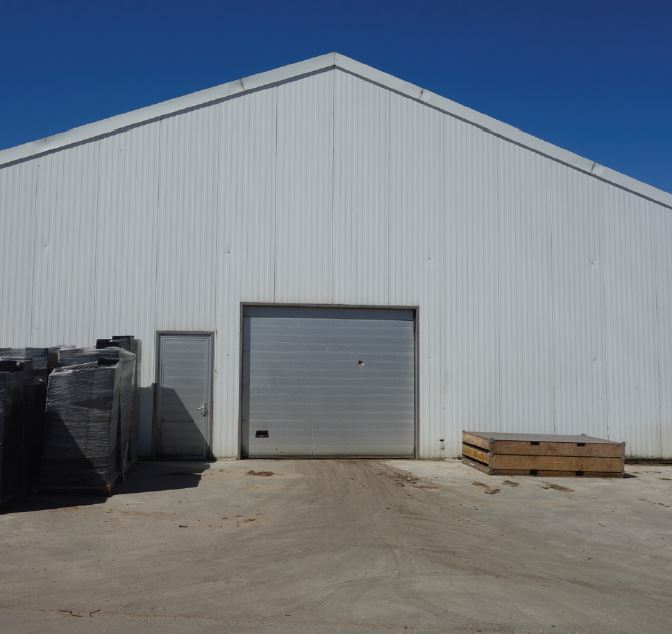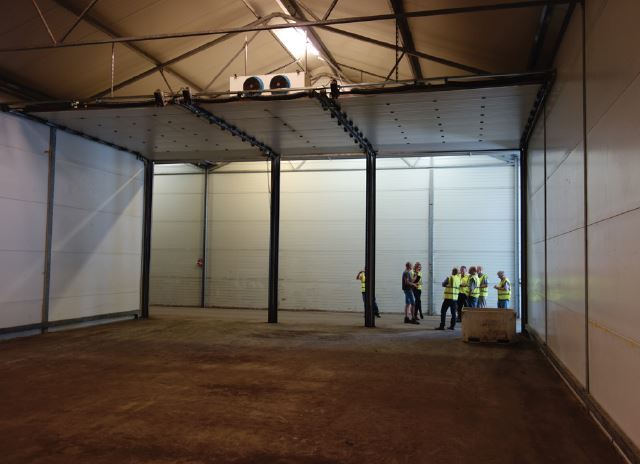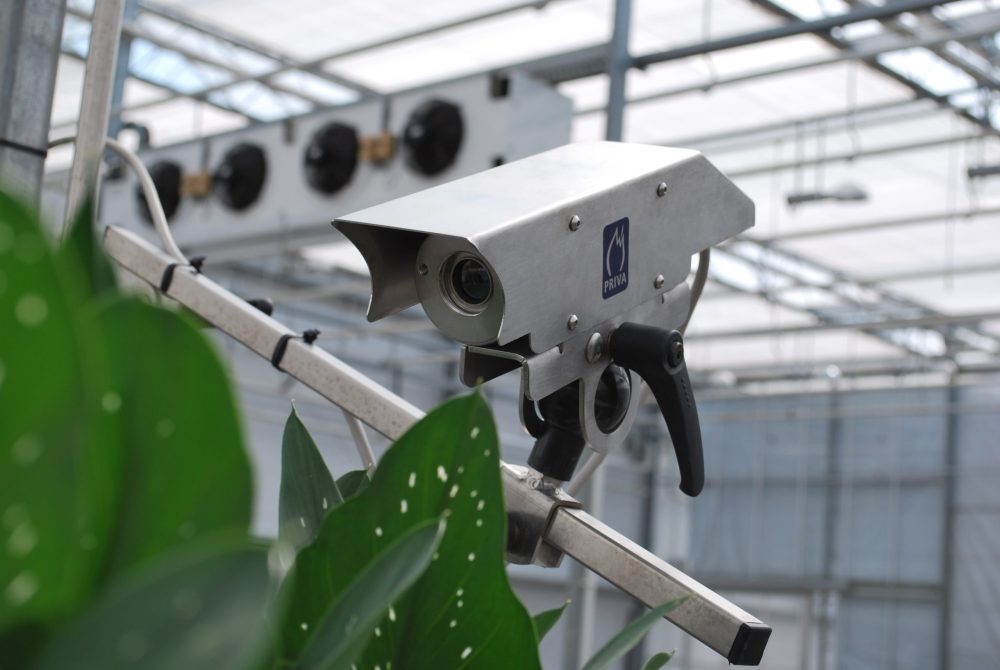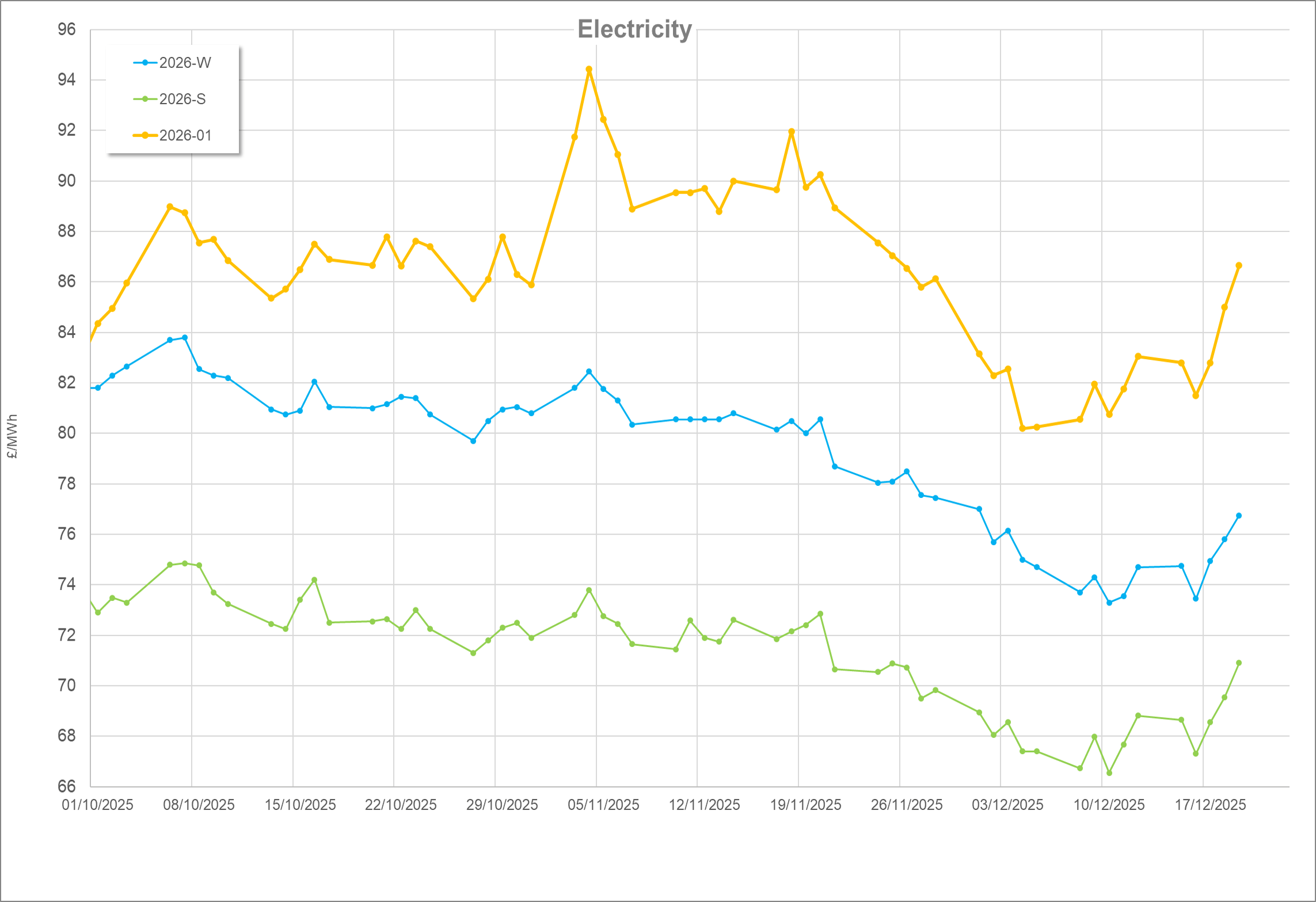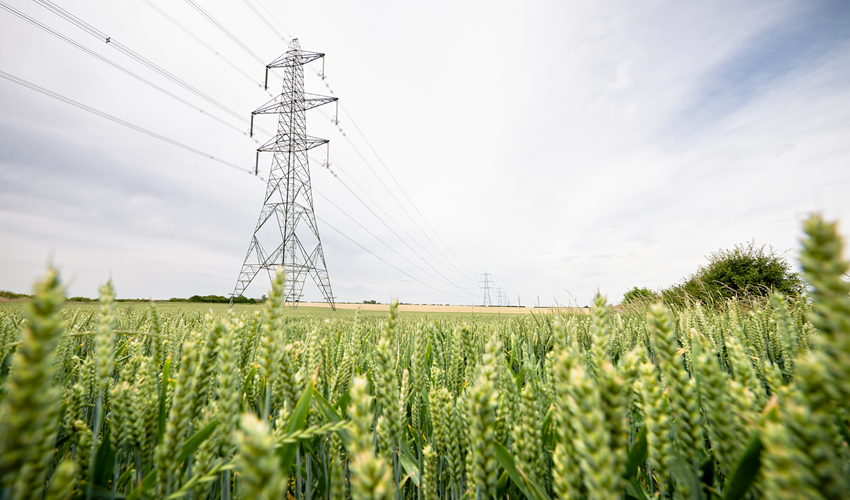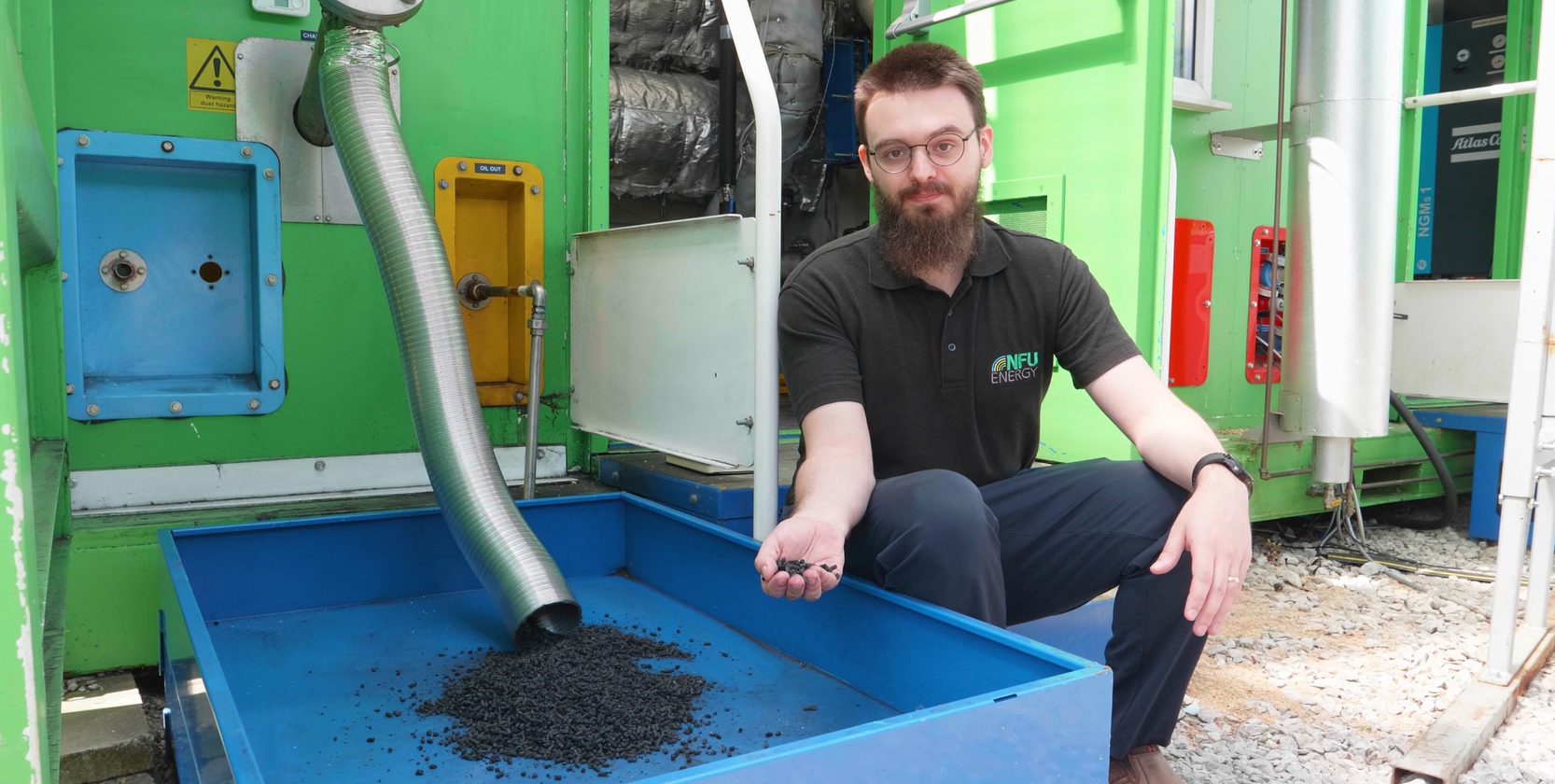First published 2016
How to ensure effective cold store conditions and achieve better air flow.
Back to: Cold store efficiency: What we can learn from Denmark
Ensuring good air movement within the cold store and paying attention to how temperatures are controlled is generally the easiest way to ensure effective conditions at efficient energy consumption levels.
An even temperature distribution will help produce to store for longer periods and keep quality high. Danplanex had an old store of a jacketed design, where cold air was ducted around the roof, walls and floor, ensuring very even temperature conditions and also meaning that product was not dried out unduly.
Setting up a cold store is critical to good cooling and it is important to make sure that cooled air is directed to where the cooling is needed, as determined by produce stacking arrangements. Problem areas should be identified through thermal imaging. If airflow is well managed, less air will be needed and produce will store better. Purpose fitted curtains to direct air to where it is needed and good trolley or box stacking will help this.
How to improve air flow
The nature of moving air is to follow the path of least resistance, which is not necessarily the route intended by the store manager. The use of air divider curtains to help improve airflow in potato box stores is fairly common practice. Curtains can eliminate the short-circuiting of air around stacks, prevent air from ‘leaking’ through the sides of boxes, and force it to follow a desired path.
The stacking and position of boxes is also important. Many potato stores include additional stacks of boxes in front of the main stack. Although this maximises the storage space available, it can have detrimental effects on airflow. Consideration should be given to stacking arrangements and the trade-off between increased tonnage and reduced overall quality caused by poor airflow.
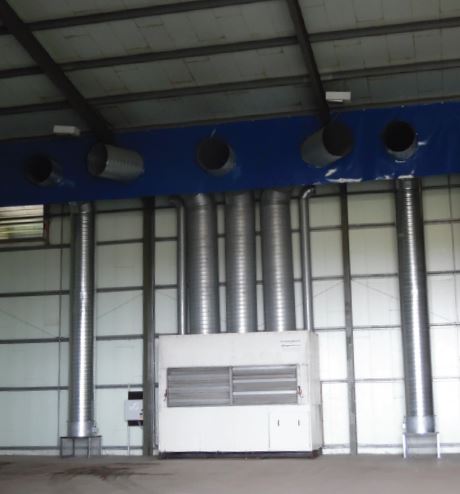
Back to: Cold store efficiency: What we can learn from Denmark

